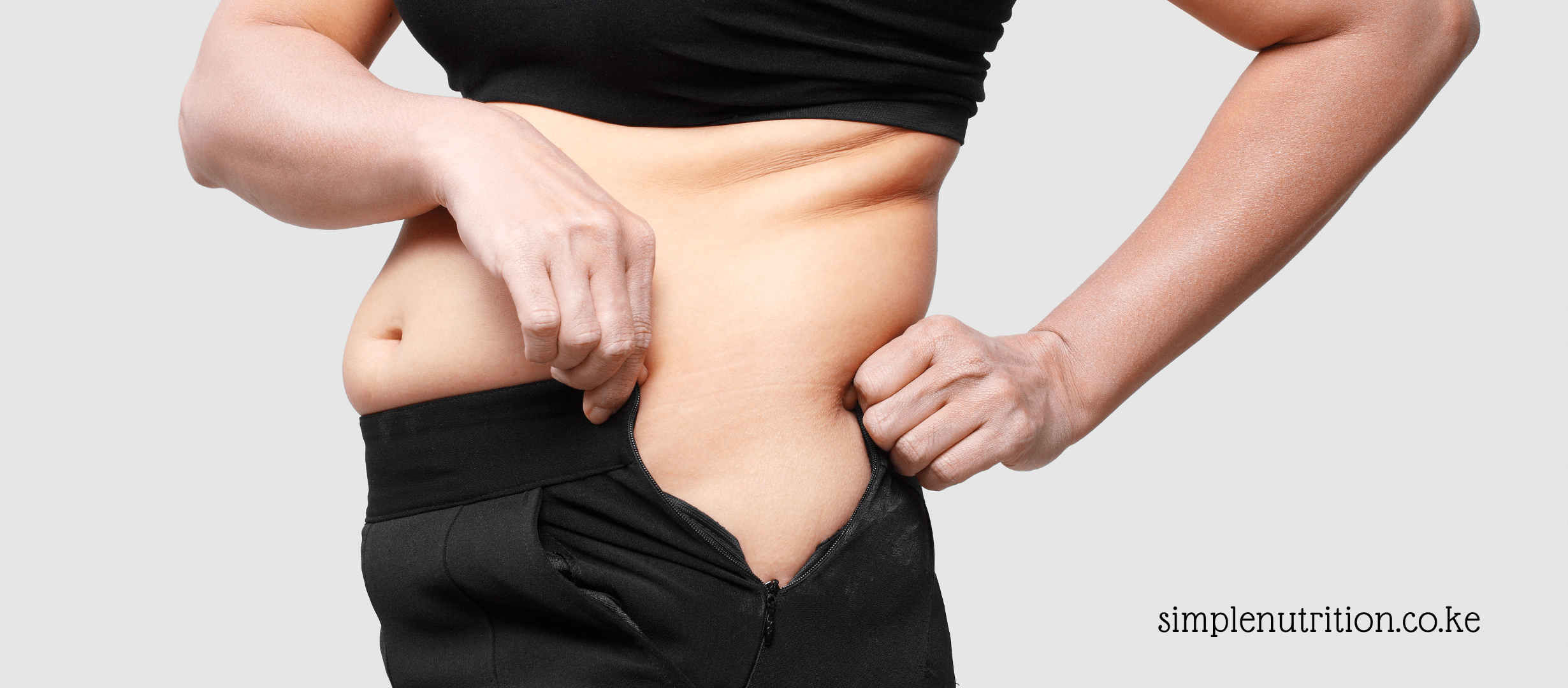Obesity is linked to cardiovascular diseases and is prevalent in many societies. Small lifestyle changes can lead to significant weight gain and health consequences. To tackle obesity, we need education, access to healthy foods, opportunities for physical activity, and support for sustainable lifestyle changes. It’s important to recognize the challenges involved in weight loss and provide resources and support for progress.
This is what you need to do to help prevent obesity.
- Exercise often.
- Maintain a balanced diet.
- Eat lots of vegetables and fruits.
- Drink lots of water.
- Cut off processed foods.
- Master the art of portion control.
- Quit alcohol and smoking.
- Use a low-carbohydrate diet.
1. Exercise often
Physical activity is crucial for maintaining overall health and well-being. It’s remarkable how even small changes in daily habits, like taking the stairs instead of the elevator or walking instead of driving short distances, can make a big difference over time.
Incorporating regular aerobic exercise into our routines, even if it’s just 30 minutes a day, can have significant benefits for our cardiovascular health, as well as help prevent a host of other health problems like obesity, diabetes, and high blood pressure.
Moreover, beyond the physical benefits, exercise has been shown to improve mental health by reducing stress, anxiety, and depression. It’s a powerful tool for promoting both physical and mental well-being.
Encouraging people to find enjoyable ways to be active and making it a part of their daily lives is key to fostering a healthier society.
2. Maintain a balanced diet
It is important to have a balanced diet that includes different food groups because they provide different nutrients. Carbohydrates are essential for energy, as they are the body’s primary source of fuel.
Without them, you may feel dizzy, fatigued, confused, or irritable. This is because organs, especially the brain, require glucose to function properly. Hypoglycemia, or low blood sugar, can be extremely dangerous.
However, if you are trying to lose weight, you should reduce your intake of carbohydrates as excess glucose gets stored in fat cells.
Proteins are important for repairing tissues and organs in our bodies. It is recommended to consume proteins from plant sources as they also provide dietary fiber, phytochemicals, and minerals. Animal source proteins, especially red meats, should be limited to reduce the intake of saturated fats. Lean proteins from sources like chicken (without skin) and fish are preferred.
3. Eat lots of vegetables and fruits to prevent obesity.
Fruits and vegetables are still part of the balanced diet, talk of vitamins, minerals, and antioxidants, this is a good way to prevent unintentional weight gain, the half plate rule encourages a high intake of vegetables by filling half of our plates with vegetables, and have one serving of fruit on the side.
Vegetables provide satiety, and therefore reduce snacking, we all know what snacks do to our bodies, with too much sugar, salt, and fat added to them, we surely must have to fear for our organs especially the heart, in other words, cardiovascular health.
4. Drink lots of water
Water washes away all unnecessary dirt from our systems, and all the foods we eat and burn, water helps flush out unwanted waste products.
Increasing your water intake not only helps cleanse your body but also helps us maintain a healthy weight.
The more you drink water, you increase the power of your kidneys in flushing out waste. In addition, taking a glass of water 30 minutes before meal times has shown significant results in reducing the amount of food you will actually eat because the stomach is somewhat partially filled with water, so there’s not so much space left.
Taking water often has also been linked to better mental health and general well-being.
5. Cut off processed foods
If we knew how much fat, sugar and salt are added to these fast foods that we binge on, we would have stopped eating them already, or maybe we know but just hoping it brings no harm, the excess fat, more so the saturated fats that we keep on introducing to our bodies don’t go anywhere else but into the fat cells for storage, the sugar the same.
Some of the saturated fat find a home in between our blood vessels leading to high blood pressure.
You can’t want to lose weight, or not want to get obese if you don’t straight away start finding ways to cut off these processed foods.
Over-processed foods like bacon, sausages, and pre-packaged snacks are what I’m talking about.
Maybe you may find organic foods expensive, but in the long run, you are saving yourself a bunch of unnecessary medical bills.
Because you’ll be able to prevent high blood pressure, Type 2 diabetes, stroke, and even heart diseases.
6. Master the art of portion control
The plate model, the hand size portion guide, and some of the easiest ways to do portion control at home.
The plate model wants you to first fill half of your plate with vegetables, the other half divided into two quarters, one for carbohydrates the other for proteins, and one serving of fruit.
This plate has in so many ways helped individuals with Diabetes as it basically encourages a low carbohydrate intake which prevents too much glucose from getting into your blood fast, and more intake of vegetables rich in dietary fiber providing satiety hence preventing lots of snacking.
The hand size guide on the other hand lets you use your hand for portion control, where the size of your fist is for carbohydrates, the size of your palm for proteins, and your hands both put together, for vegetables.
These two methods demonstrate almost the same portion size and are very easy to use. Mastering these two easy ways is how to start, with portion control, reducing how much you eat and how often you eat will definitely prevent you from getting obese.
7. Use a low-carbohydrate diet
A low carbohydrate diet provides fewer grams of carbs as compared to the normal diet, when you eat lots of carbohydrates, the excess is broken down and stored in the fat cells, around your belly, and waist in most cases.
Being on a low carbohydrate diet ensures that not so much is left with nowhere to go, also a low carbohydrate diet gives your body time to burn the stored fat as well, reducing the size of fat cells, and eventually ensuring that you lose weight and eventually even prevent obesity.
Making small, sustainable changes to your lifestyle over time is often more effective than drastic, short-term measures. Consult with a healthcare professional or a registered dietitian for personalized advice based on your individual needs and health status.
Discover more from Simple Nutrition
Subscribe to get the latest posts sent to your email.







And learning continues…
And learning continues…
best content love it Alex Art Digital Marketing Services
good work done by web visitbest cardio exercise in usa
good work done by web visitbest cardio exercise in usa